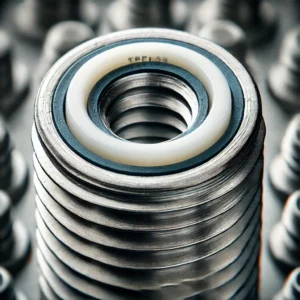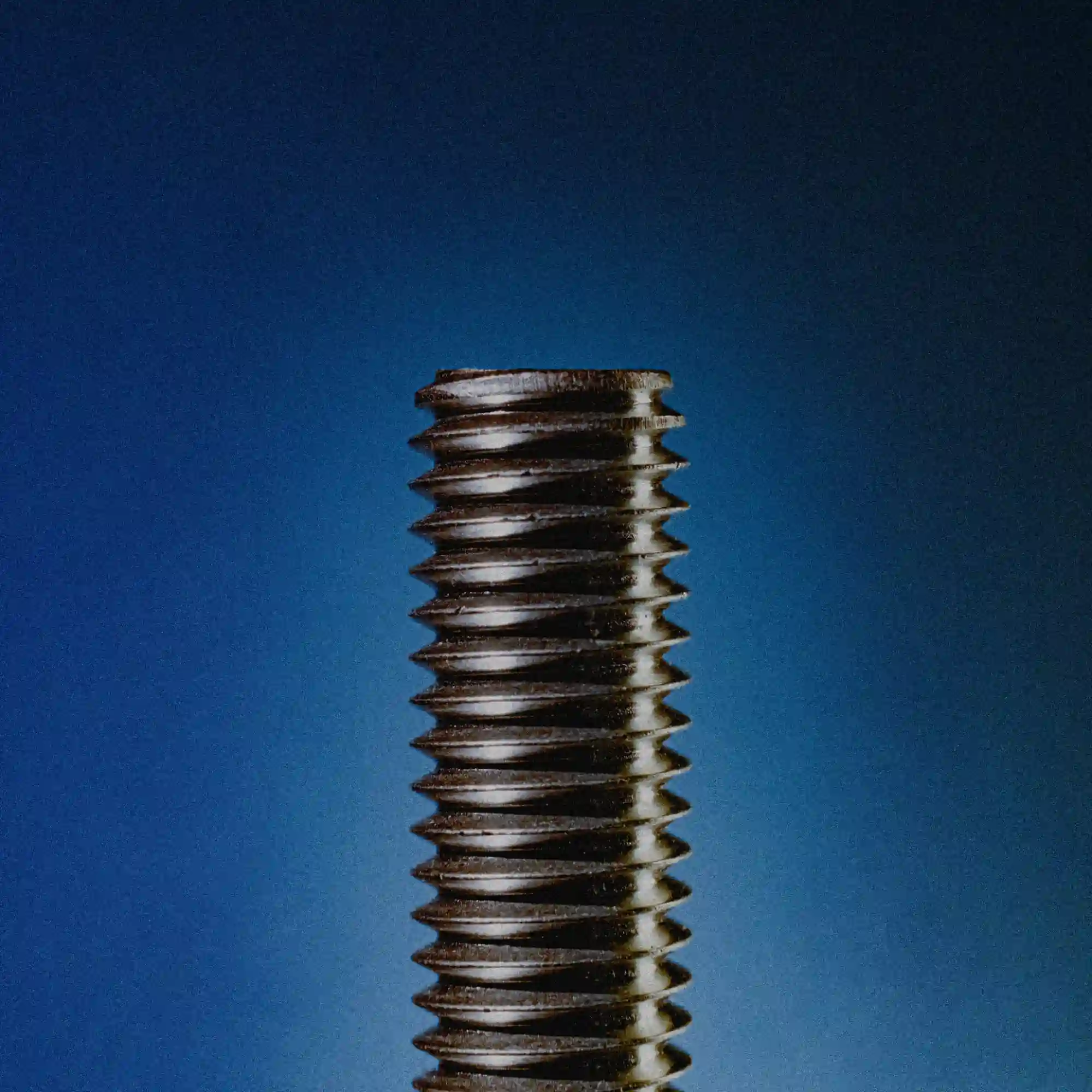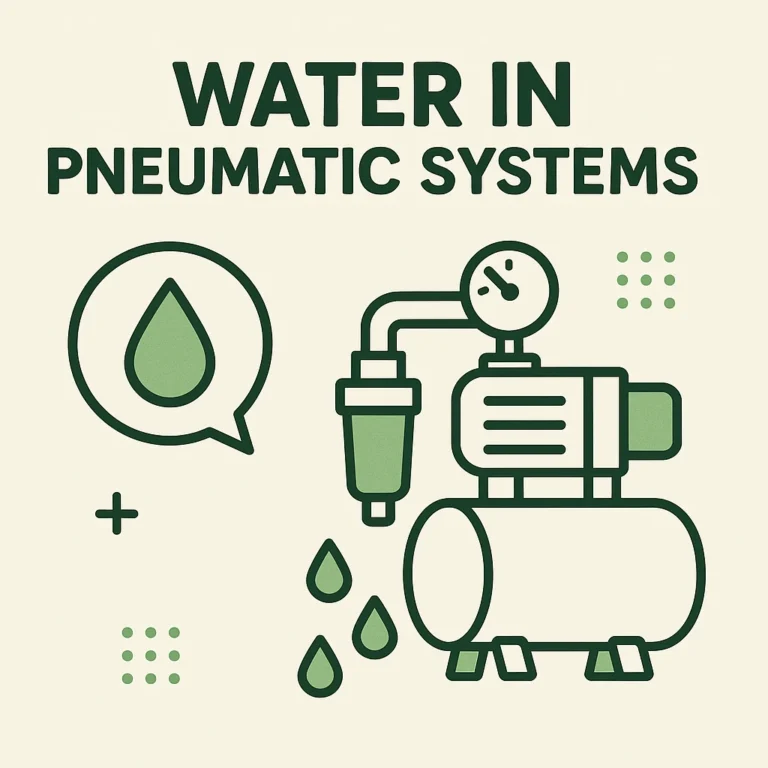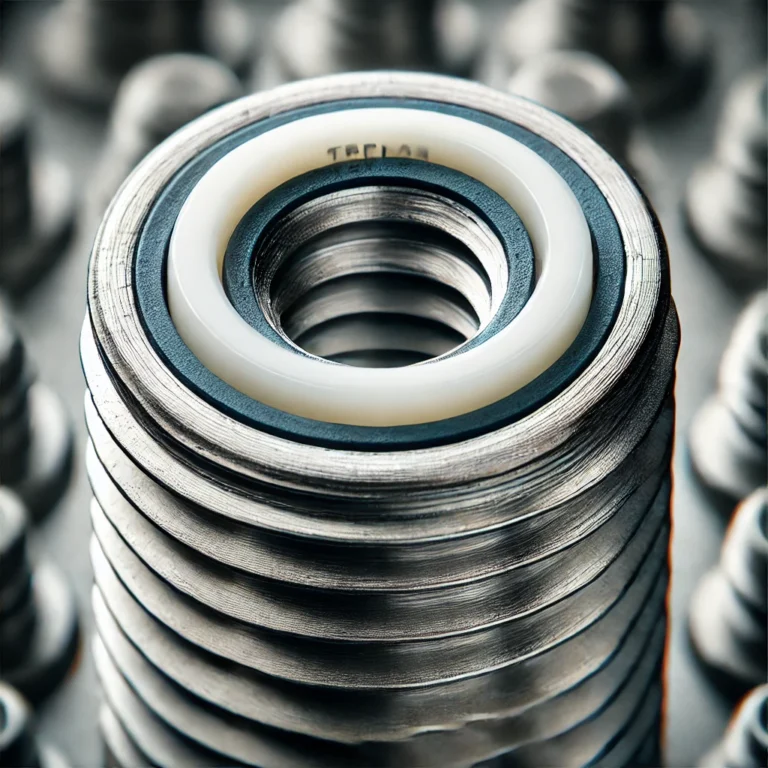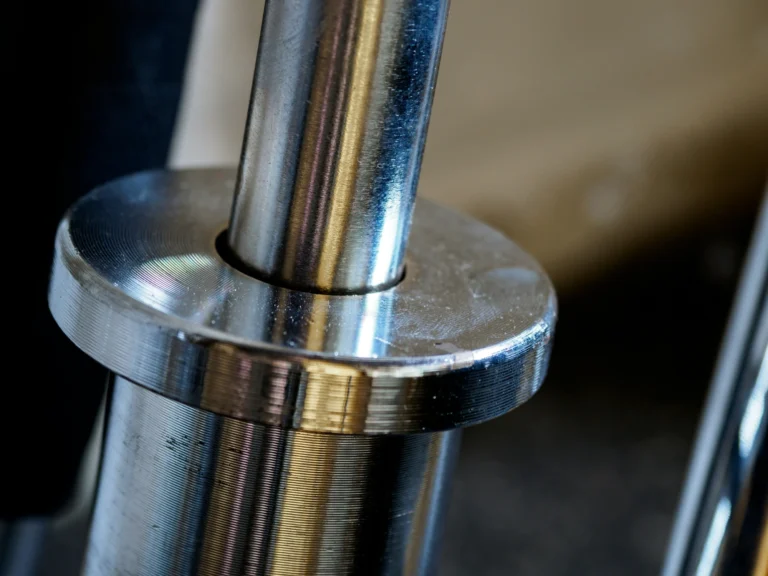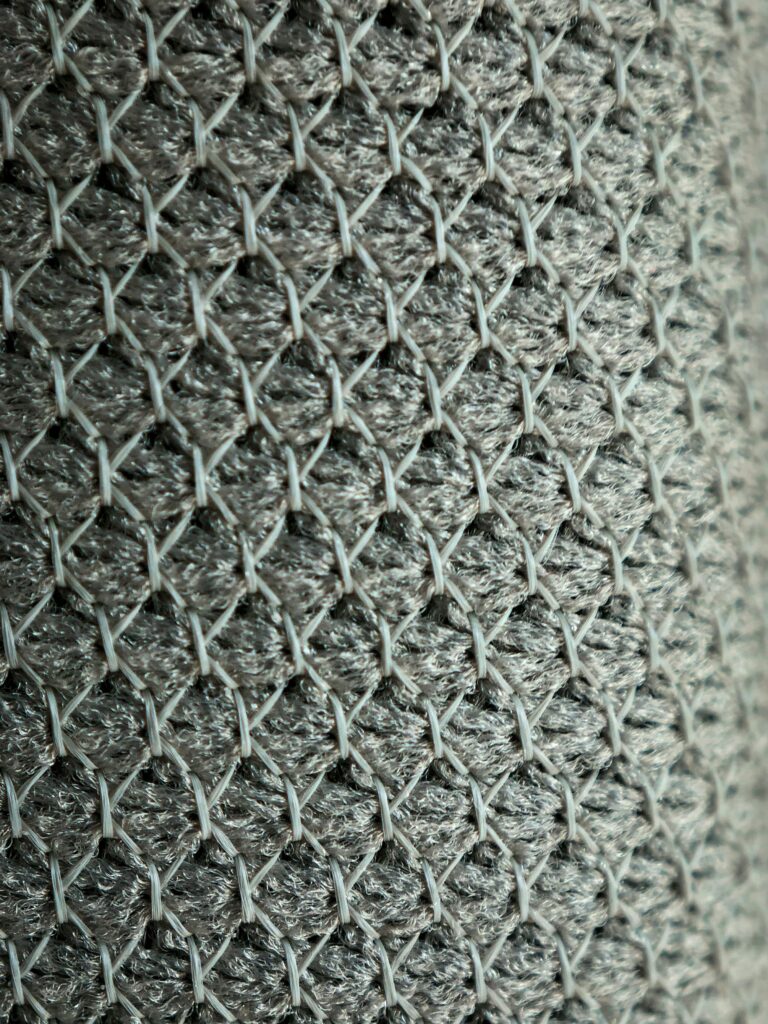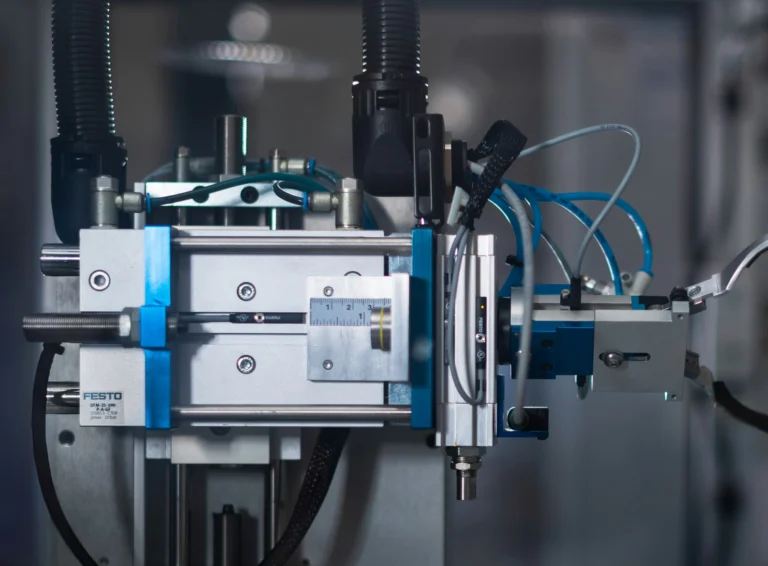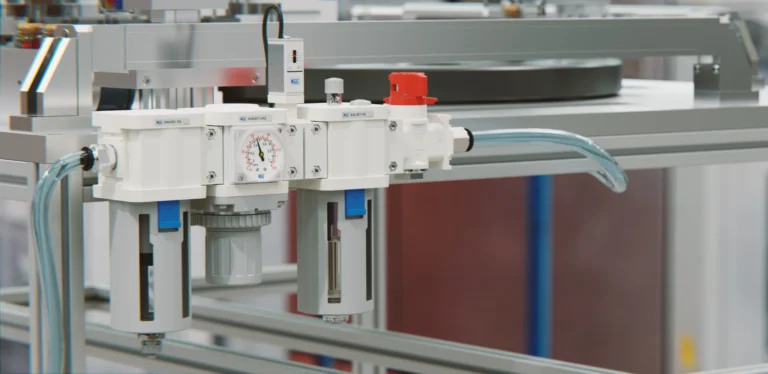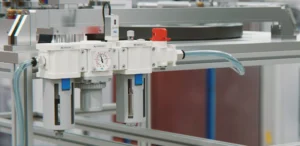Screws are essential components in machinery and piping systems. However, with various standards in use, selecting the right screw is crucial. In this post, we will explore the features and differences between the most commonly used ISO Metric Threads, Unified Threads, and Pipe Threads.
ISO Metric Thread (M)

Features
- An internationally standardized thread, widely used worldwide.
- 60° triangular thread profile.
- Diameter and pitch are measured in millimeters (mm)
- Typically written in the format M10 × 1.5 (diameter 10mm, pitch 1.5mm)
Advantages
- Universally accepted → Applicable across various industries.
- Standardized specifications ensure high compatibility.
- Ideal for machinery and general fastening components.
Disadvantages
- Primarily used in metric-based countries → Inefficient in the US and UK.
- Not suitable for piping and hydraulic systems.
Common Applications
✅ Mechanical components (automobiles, electronics, robotics, industrial machinery, etc.)
✅ General bolts, nuts, and fasteners
Unified Thread (UN)

Features
- The standard thread used in the United States and Canada
- 60° triangular thread profile
- Diameter is measured in inches (in), and pitch is measured in TPI (Threads Per Inch)
- Classified into UNC (Coarse Thread), UNF (Fine Thread), and UNEF (Extra Fine Thread)
- Typically written in the format 1/4 – 8 UNC (diameter 1/4 inch, TPI 8, Coarse Thread)
Advantages
- Standard across the US and North American markets.
- Provides strong fastening force and various thread densities.
- Essential in aerospace, automotive, and defense industries.
Disadvantages
- Inconvenient for metric-based countries
- The variety of thread types can make selection complicated
Common Applications
✅ US/Canadian industries (automobiles, aerospace, defense, etc.)
✅ Precision machinery requiring fine adjustments
✅ Standard American tools and mechanical components
Pipe Thread (BSP/NPT)
Features
- Specially designed threads for piping and fluid systems.
- Uses 55° (BSP) or 60° (NPT) thread angles.
- Multiple variations exist, including BSPT/R, BSPP/G (Europe), and NPT (US)
- Divided into tapered threads (PT, NPT) and parallel threads (G, BSPP)
Advantages
- Prevents leaks in pipe connections
- Standard for pneumatic/hydraulic systems
- Supports various international standards (BSP, NPT)
Disadvantages
- More complex manufacturing and assembly than general screws
- BSP and NPT threads are not interchangeable
Common Applications
✅ Pipe connections (water supply, pneumatics, hydraulics, gas, oil lines)
✅ Industrial machinery and plant piping systems
🏆 Conclusion: How to Choose the Right Screw?
💡 Why is choosing the right screw important?
Screws may seem like simple components, but they play a crucial role in fastening strength, compatibility, and sealing performance. Therefore, it is essential to consider the usage environment and standards when selecting the appropriate screw for your application.
| Application | Recommended Thread Standard |
| General machinery parts, automobiles, electronics | ISO Metric Thread (M) |
| Products for the US and Canadian markets | Unified Thread (UN) |
| Piping, pneumatic, and hydraulic systems | Pipe Thread (BSP, NPT) |



